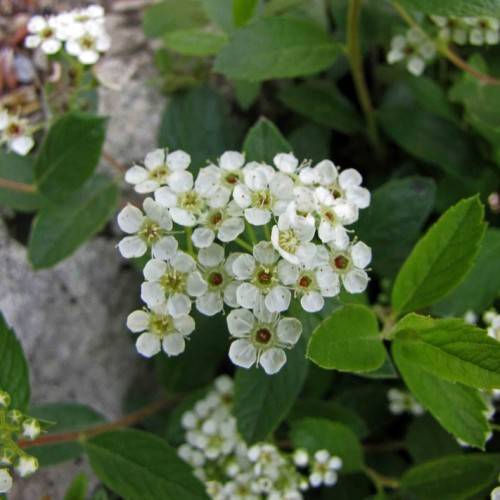
spirea
Spiraea decumbens
Cycle:
Perennial
Watering:
Average
Hardiness Zone:
5 - 8
Flowers:
Flowers
Sun:
Full sun
Leaf:
Yes
Growth Rate:
Low
Maintenance:
Low
Drought Tolerant:
Yes
Salt Tolerant:
Yes
watering
During the growing season (April to October in cooler climates), spirea should be watered regularly. You should give your spirea 1-2 inches of water every week. Water your spirea at the base of the plant, avoiding the leaves and flowers. It is best to apply water in the early morning hours between 6 and 10 am so the water will evaporate by sunset. Water deeply and slowly, taking about an hour to water an entire spirea bush. During periods of drought, increase watering to ensure your spirea has enough moisture.
sunlight
Spirea (Spiraea decumbens) prefers full sun in order to grow and thrive. In most regions, this translates to at least 6 hours of direct sunlight per day. However, in warmer climates, spirea can do well with 4 to 6 hours of direct sunlight each day. Morning sun is typically best for spirea, as it can be easily scorched in the afternoon heat. Additionally, spirea can tolerate some light dappled shade, particularly in the hotter months of summer.
pruning
Spirea (Spiraea decumbens) should be pruned in early spring, before new growth begins. Pruning should be done to encourage bushiness, as this will result in more flowers. Removal of dead or damaged branches can be done at any time of year. In order to maintain the natural form of the shrub, prune by removing about 1-third of the oldest stems each year, removing them to the base. This will encourage both young, flowering stems and continual branching. Additionally, cutting back the tips of the stems during flowering can help promote a larger, healthier flower display. If pruning is done at the wrong time of year, it could cause the shrub to flower late or not at all.
